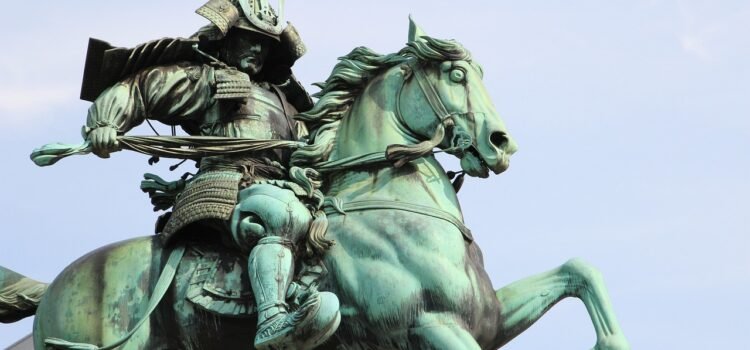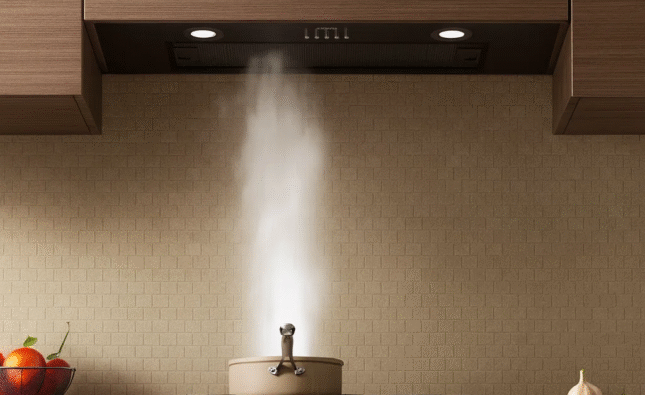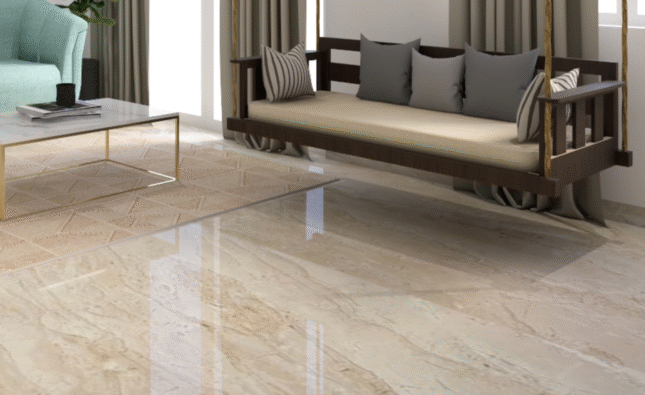Samurai armor emblems characterize Japanese warrior culture, one of those earthly things that blended artistry with functionality. Known as “Yorori,” samurai armor is a piece of armor that protects the samurai in battle, although it is basically what reflects the social status and individualistic style of the warrior. In this article, the development, craftsmanship, and cultural expression of the samurai armor evolve over time to satisfy warfare requirements and merge these into sophisticated mobile costumes.
1. Early Samurai Armour: ‘Protection of Functionality
Indeed, the early samurai armor samples of the Heian period (794–1185) were mounted warfare-based. Samurai were first mounted archers, and in that respect, the armor was a fulfillment of its purpose. In fact, early Yoroi consisted of large square plates that protected the torso while remaining mobile enough to shoot arrows.
Early samurai armor consisted of the following integral parts:
The torso was covered with Dou or cuirass (breastplate).
Kabuto: a helmet very ornate, with crests and horns often raised to show a warrior’s clan and personal crest.
Kote (arm guards): Covered the arms, absolutely necessary in close fighting.
The armor had several layers of leather, quite hard, and laced metal plates with silk and leather cords for a firm yet supple defense. This design allowed the samurai to withstand sword and arrow blows, as well as spear thrusts, but always kept him agile on the battlefield.
2. The Evolution into Lighter, Easy Armor
Taking into account the change in warfare that occurred in Japan, especially in the period of Sengoku (1467-1603), when infantry combat appeared, one can hardly think of samurai armor remaining unchanged. The battles were much larger and closer to the enemy; in these conditions, armor should become lighter but, above all, more mobile. Samurai armor of the early forms is too heavy and clumsy, more suitable for mounted archers than for infantry.
Thus, Tosei Gusoku was the new armor designed against these new battlefield conditions. This armor was lighter and more practical; in fact, it was designed to protect from firearms and ranged weapons that would be used more frequently in Japanese warfare. The metal plates became smaller and fit the body much closer, allowing them to provide flexibility while doing their job.
Main Features of the Tosei Gusoku
Modular design: Their armors had to be loose pieces that could easily be taken off or fit in accordance with the requirements of the battlefield.
Armed protection for weapons: this is the bulletproof vest often called Tameshi Gusoku, in which the samurai is reflected in a modern setting.
3. Crafts: A Hybrid of Art and War
Samurai armor was more than just a war implement; it was an art. Armorers, or Katchū-shi, are those artisans who have etched a path for themselves with their talent at work, focusing both on function and beauty. Each assemblage of materials such as metal, lacquer, silk, and leather takes so much care to make masterpieces that are as beautiful to behold as they are to use.
Everything that made a samurai suit consisted of what was according to the personal preference of a warrior—anything from rank, clan affiliation, and even his philosophy in life, all intricately portrayed. Examples of the kabuto, or helmet, would be very exciting designs, such as fierce animal motifs, demonic faces, or even dragons; its purposes are also intimidating the opposing side and showing the power and strength of the samurai.
4. Cultural Legacy of Samurai Armour
While samurai armor was vital for warfare, it also carried deep cultural significance. It represented the samurai’s loyalty, honor, and dedication to the Bushido code—the ethical code of conduct that emphasized values like bravery, respect, and self-discipline. The armor served as a physical manifestation of the samurai’s inner strength and commitment to their lord and cause.
Although the samurai class was decimated long after the Meiji Restoration of 1868, samurai armor remains a treasured institution. It is viewed today as an heirloom of national heritage. Copies of current samurai armor adorn many of the world’s museums, and inspirations for designs come from art, fashion, and even popular culture.
5. Conclusion: The Samurai Armour’s Lasting Legacy
From the very early samurai armor, which was indeed heavy protective attire, to the later form of silky designs, it will present an intriguing mix of functionality and craftsmanship. But while the life of warriors does not just boast of purely physical attributes but also spiritual and moral values of samurais, it has left forever a lot to be enshrined in the culture of Japan. For the most part, armor today remains a powerful symbol in Japan’s history and is appreciated not just for its artistic value but also for what it symbolizes: the warrior’s code. Whether a reader appreciates history or traditional craftsmanship, the story of samurai armor succeeds in gaining one’s imagination.













